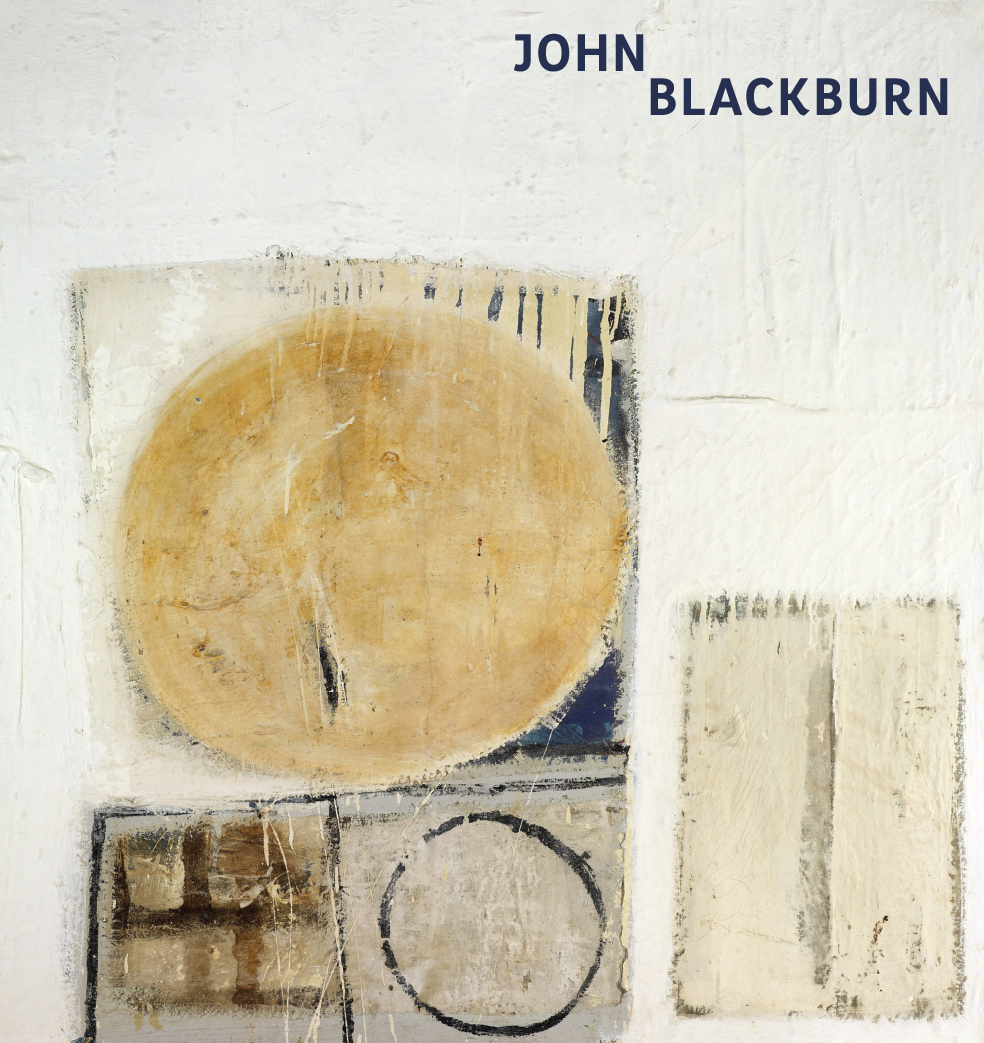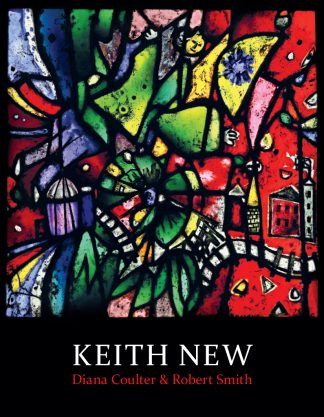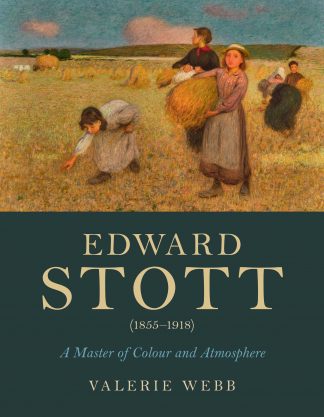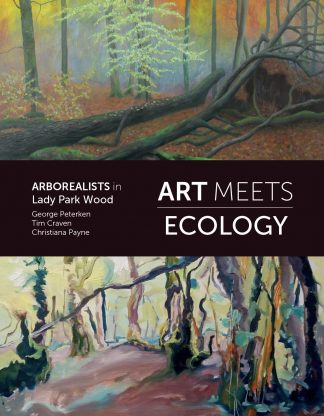Description
John Blackburn: The Human and the Abstract
Ian Massey: with additional contributions from Christopher Johnstone, Andrew Lambirth, and Furse Swann
- The first ever monograph on this highly regarded British abstract painter, documenting his work from the early 1960s to the present day.
- Draws on original interviews with the artist in his studio, and on previously unpublished archival material, including a large body of correspondence sent to the artist by Kettle’s Yard founder Jim Ede.
- Contextualises and positions Blackburn’s work within international developments in postwar abstract painting.
- Lavishly illustrated, showing work from the whole of the artist’s career, alongside previously unpublished documentary photographs.
John Blackburn: The Human and the Abstract is the first ever monograph on the work of the British artist John Blackburn (b.1932). In a major essay, Ian Massey traces the stylistic and technical development of the artist’s work from the ‘Encaustic’ paintings of the early 1960s through to the present day. He considers Blackburn’s wide-ranging output, of work produced both in England and in New Zealand (where the artist has for decades spent a part of each year). The author draws on new research, including conversations with the artist in his studio, and on previously unpublished archival material, including a large body of correspondence sent to Blackburn by his early champion and collector Jim Ede, the founder of Kettle’s Yard.
Massey considers the artist’s work within an international context; one that encompasses St Ives modernism, art informel, arte povera and the Gutai movement; also taking into account key influences such as Bacon, Fautrier and Tàpies. In doing so he describes the artist’s often intensely physical methods and incorporation of found materials, their usage informed by a humanist philosophy that stems from Blackburn’s early experiences, and from what he describes as ‘the brutality of being alive’.
This substantial publication firmly establishes Blackburn’s significance, and positions him within the history of post-war abstract painting. It includes additional texts by writer and critic Andrew Lambirth, art historian and former director of the Auckland Art Gallery Christopher Johnstone, and the artist’s long-time friend and collector Furse Swann.




